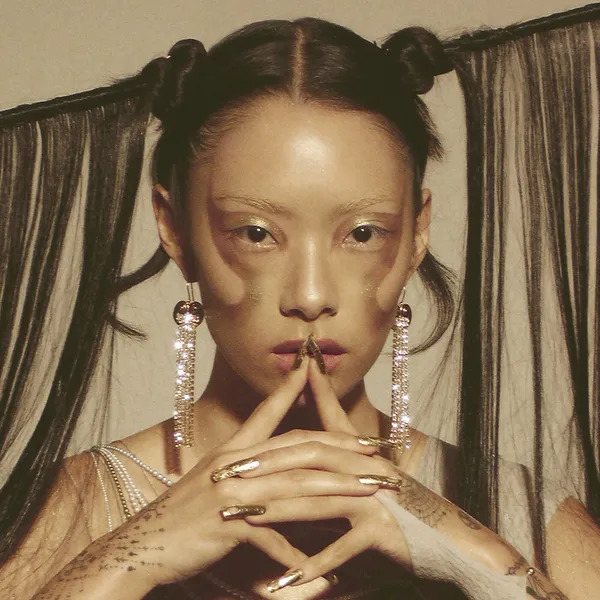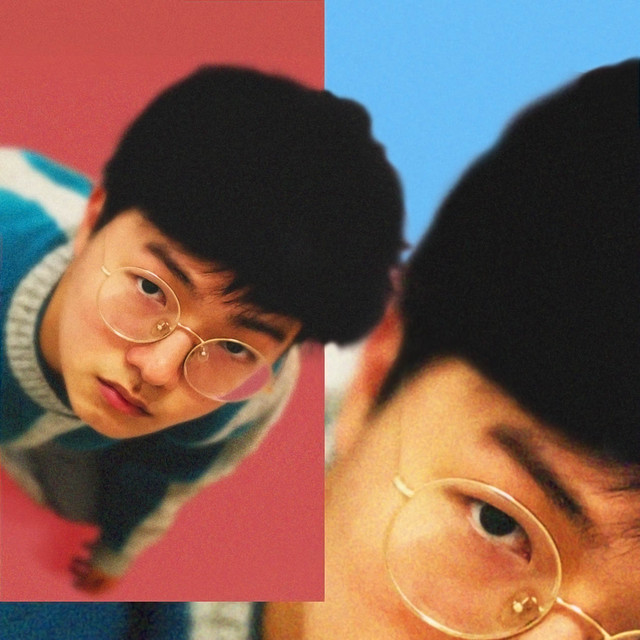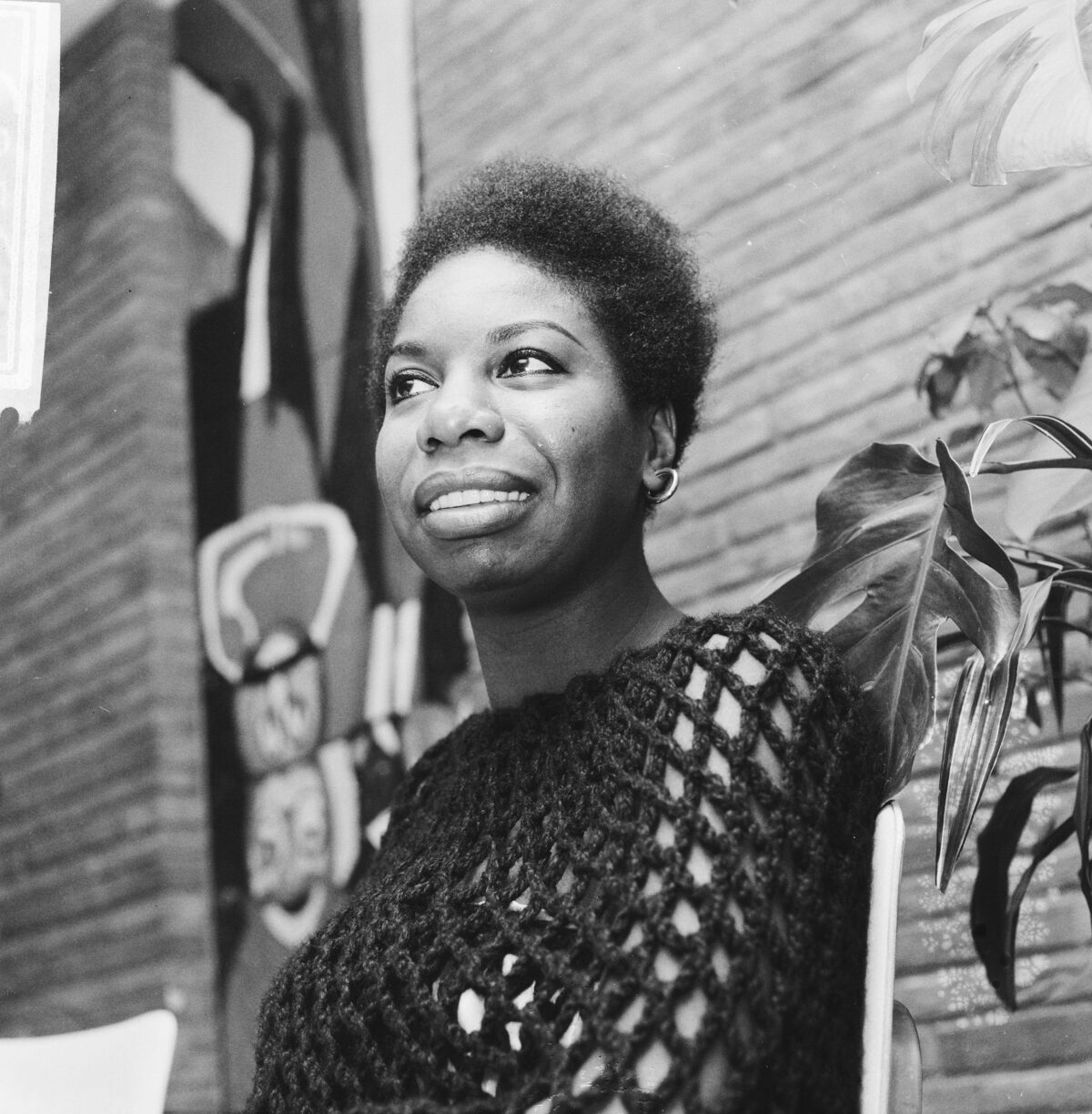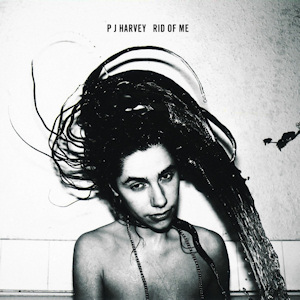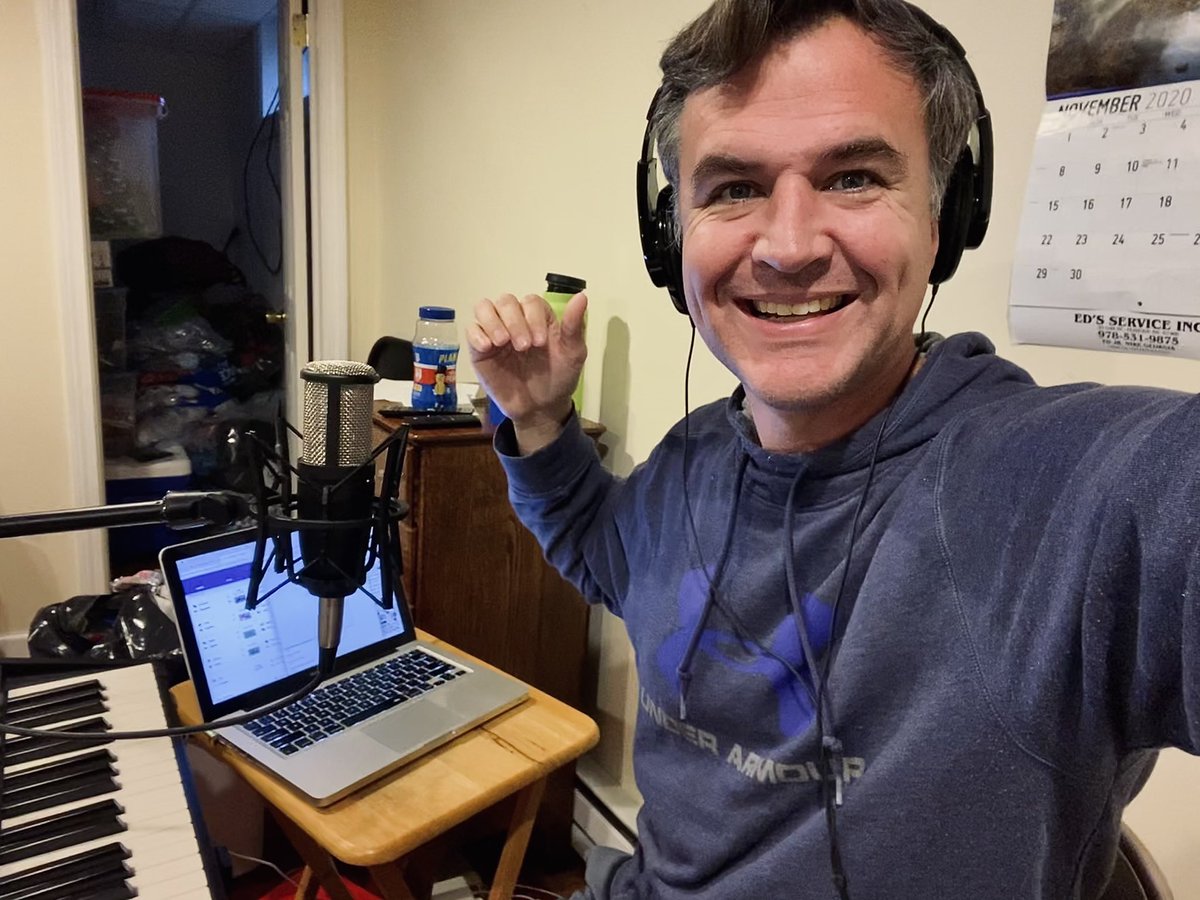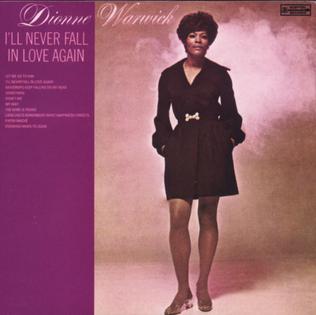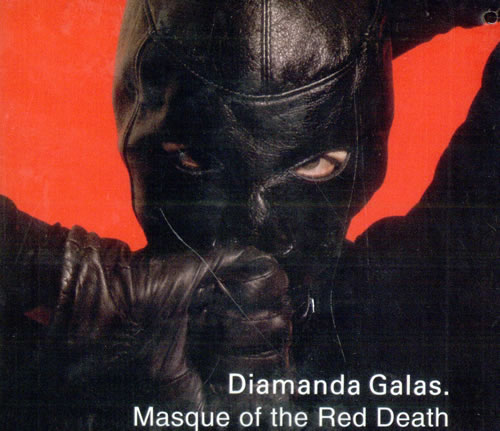I’m currently working my way through listening to the entirety of The Mountain Goats’ album discography. Why? There are several reasons.
My dear friend (and former WKNC DJ, Deethony Jaythony) is a big fan of The Mountain Goats, as so is one of my favorite writers, John Green. They both speak so highly of The Mountain Goats, I’ve been a casual fan for a while and I’ve been needing something to keep my mind occupied on these long summer days.
The Mountain Goats are a California created but currently Durham-based band that have been making music since the mid 90s. John Darnielle, the band’s creator and front-man, is the life blood of The Mountain Goats and has, at times, been the only member.
“Love Love Love” from their 2005 album “The Sunset Tree” was my first introduction to The Mountain Goats back in 2019, and it’s been one of my favorite songs since.
Since then, I had collected casual interest in some of their bigger songs like “No Children,” “This Year,” and “Going to Georgia.”
Throughout this project of listening to their discography, I’ve wondered: what is it that keeps their dedicated fanbase so hooked?
It could be several things, like John Darnielle’s crafty lyricism, or their genre-spanning sound or the continuity of themes and tropes throughout their discography.
But 11 albums in, I’ve found the quality of their music that keeps me hooked. John Darnielle’s ability to intertwine love and anger so closely; The Mountain Goats have written some of the most romantic songs and some of the most fury-inducing songs I’ve ever listened to.
The man who wrote “I am drowning / There is no sign of land / You are coming down with me / Hand in unlovable hand / And I hope you die / I hope we both die” in “No Children” also wrote “I loved you before I even ever knew what love was like” in “Hair Match.”
Darnielle illustrates the tender moments of love so wonderfully: “You felt shelter somewhere in me / I find great comfort in you / And I keep you safe from harm / You hold me in your arms” he writes in “Riches and Wonders.”
He also taps into a primal anger at times. In “Foreign Object” he sings “Sink my teeth into your scalp, take a nice big bite / Save nothing for the cameras, play the angles all night / One of these days my legs will both snap like twigs / If you can’t beat ’em make ’em bleed like pigs.”
The Mountain Goats are a beast of their own kind, and I look forward to listening to the rest of their (rather lengthy) discography and finding where the hard exterior gives way to the tenderness.



